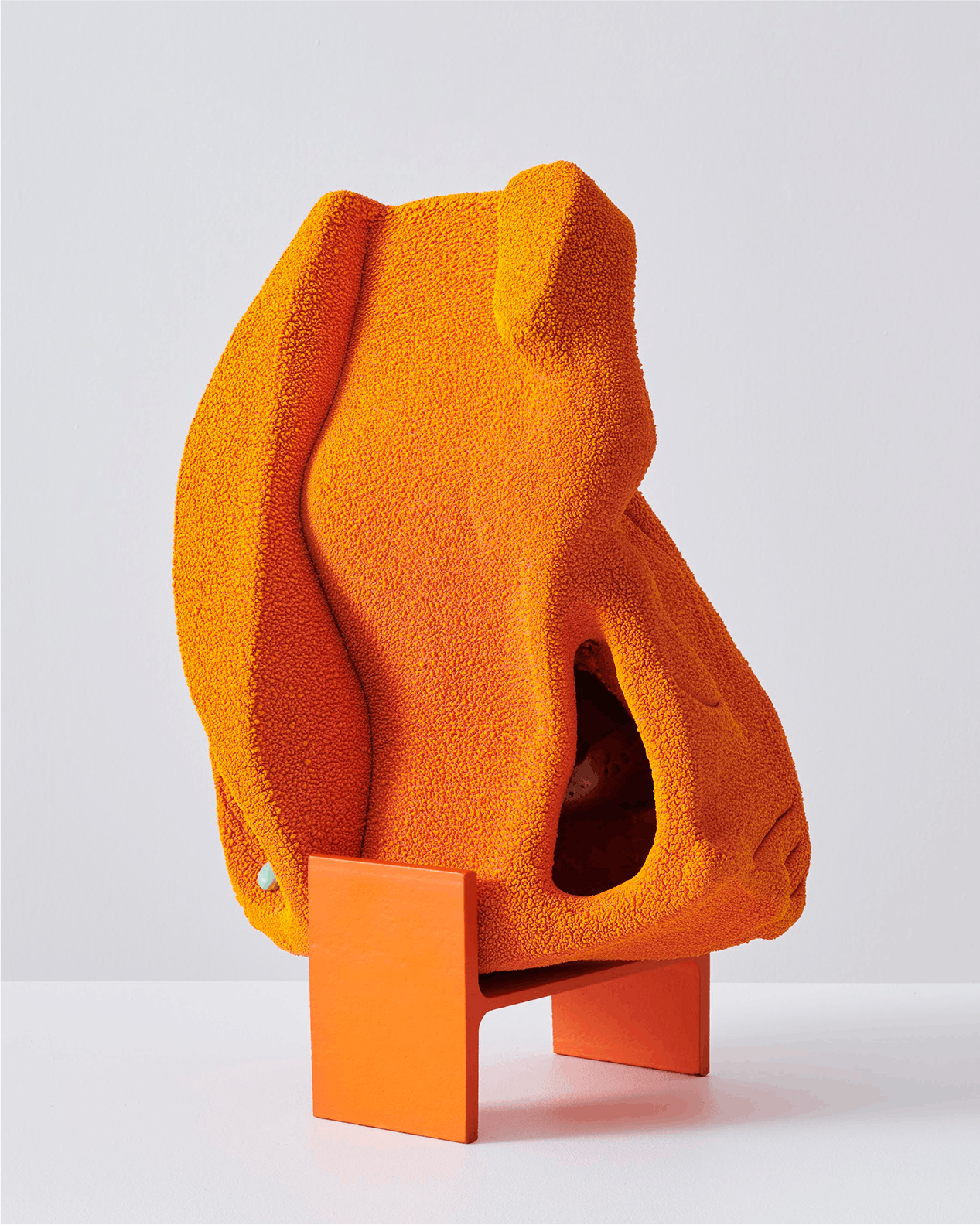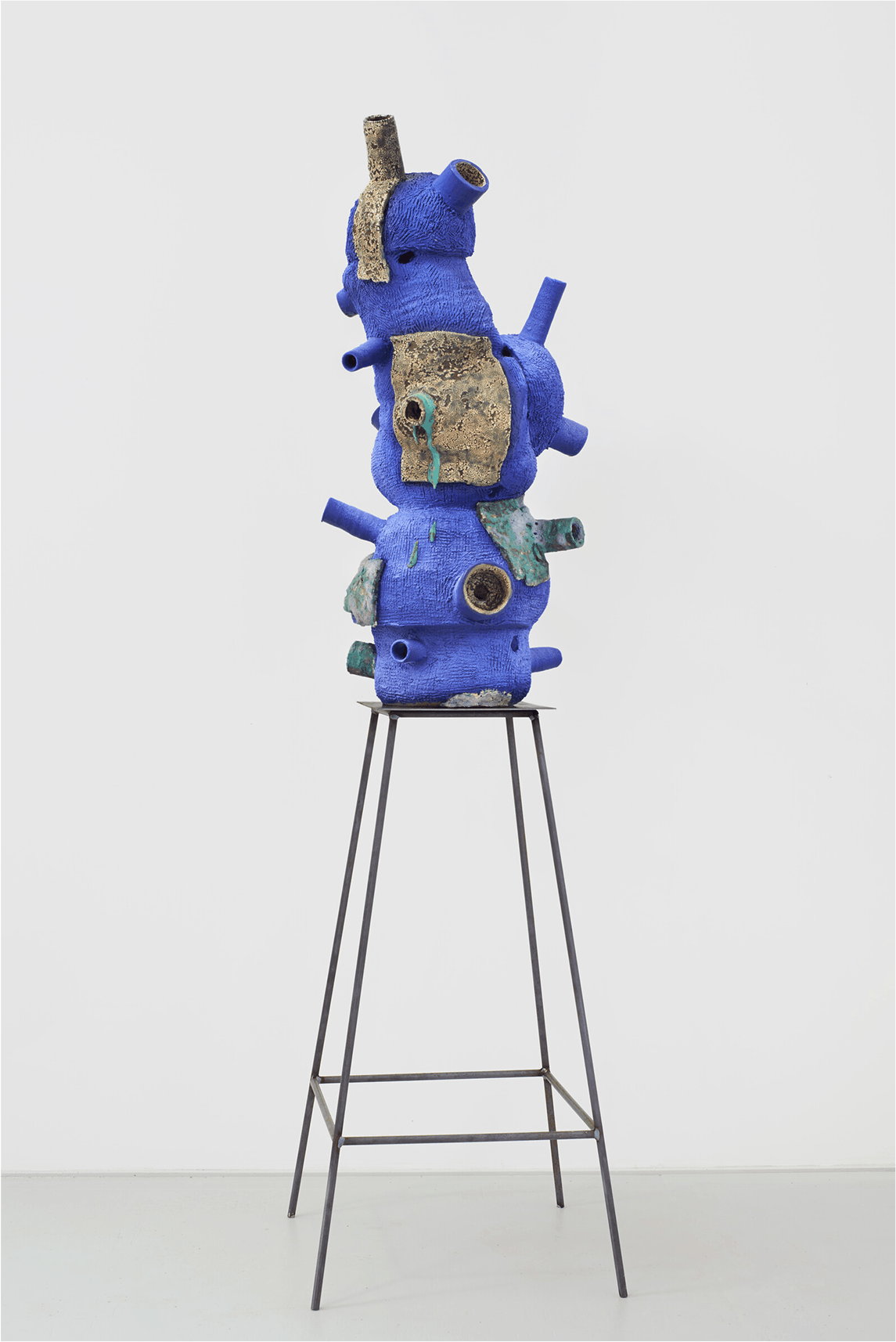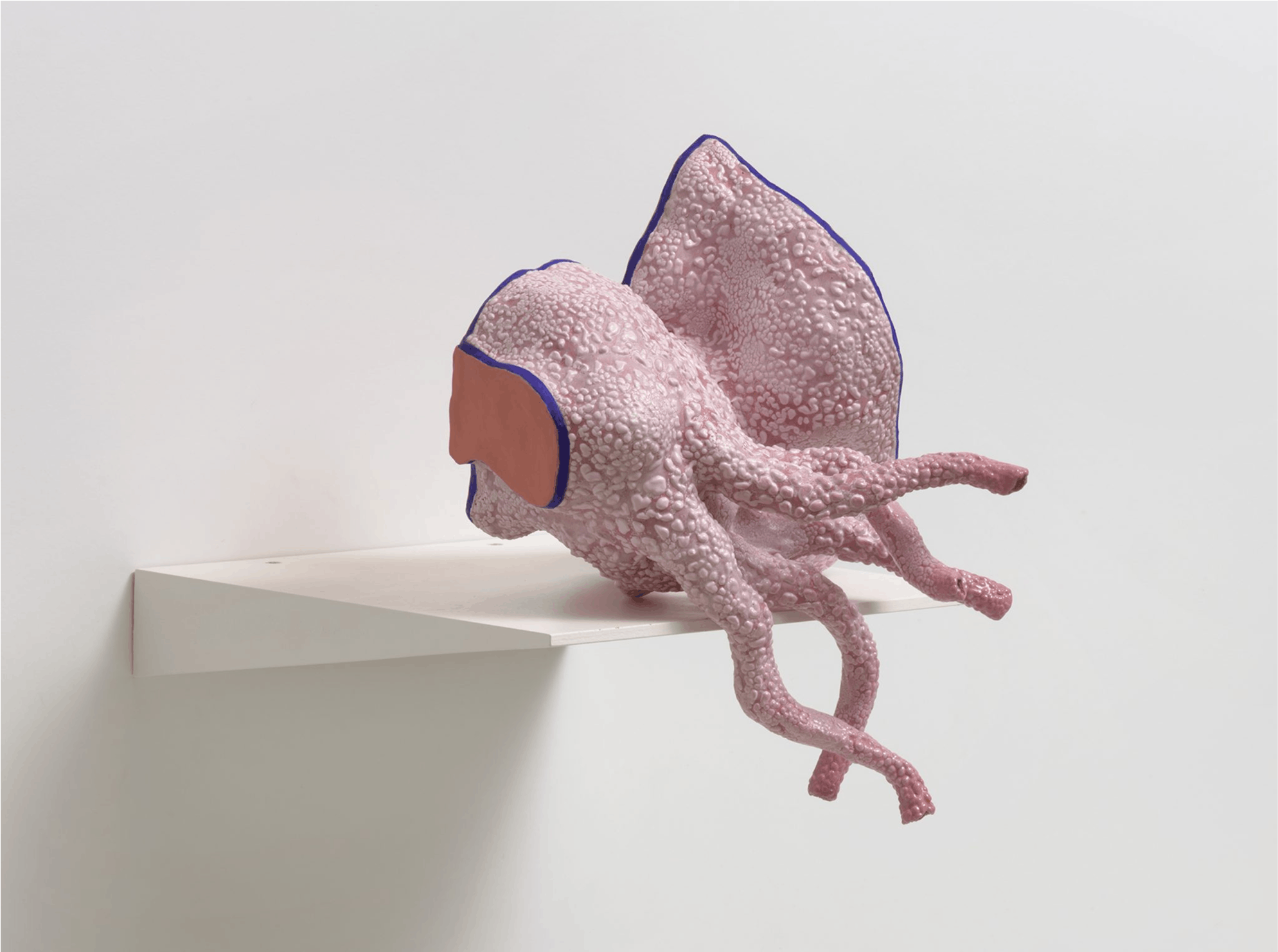If sculpture had a rulebook, Arlene Shechet would be the one rewriting it. Born in 1951, Shechet has spent decades reshaping the art world with her fearless creativity, producing works that are as tactile as they are spiritual. Whether working with clay, porcelain, or metal, she consistently pushes boundaries, inventing new ways to make sculpture feel both deeply personal and universally resonant.
Her journey began with an exploration of Buddhist imagery, which introduced her to a textured world of spirituality, craftsmanship, and symbolism. But Shechet didn’t simply replicate what she saw; instead, she reimagined these ancient traditions through her own lens. Using materials like clay and paper, she began to explore abstract forms that suggested something larger—shapes that invited contemplation, mystery, and connection.
In the mid-90s, Shechet took a pivotal step in her artistic evolution by embracing papier-mâché, a material that would forever change her approach to sculpture. During a 1996 residency at the Dieu Donné Papermill, Shechet treated paper not as a flat surface, but as a dynamic, malleable medium capable of transforming into textured, layered forms. This exploration marked a turning point in her practice, as she realized that the materials she worked with could be just as expressive as the subjects she depicted.
Yet the true twist in her career came in 2012, when Shechet embarked on an unexpected collaboration with the Meissen Porcelain Manufactory in Germany. Meissen, renowned for its centuries-old porcelain tradition, is synonymous with delicate craftsmanship and refined beauty. What began as a short project blossomed into a two-year artistic odyssey that would see Shechet reinterpreting the very essence of this classical material. She used porcelain not to create the dainty figurines Meissen was famous for, but to create bold, sculptural pieces that disrupted the material's centuries-old traditions. The result was The Meissen Recast exhibition, where Shechet’s approach transformed porcelain from a symbol of delicacy to one of daring abstraction. Her works were large, expressive, and unapologetically irreverent—far removed from the traditional confines of porcelain.
But Shechet’s evolution didn’t stop there. Her latest shift has taken her from the delicate porcelain of her Meissen series to the robust, industrial world of metal. If porcelain was once her canvas for elegance and playfulness, steel and other metals are now her means for creating massive sculptures—works that command space and demand attention. Her metal vases, towering and bold, carry an unexpected playfulness with color, turning what could be cold, industrial forms into modern monuments that pulse with life.
In a 2024 interview with Bomb Magazine, Shechet reflected on this new phase of her work:
“Making sculpture requires various skill sets that are very easy to fail at getting right, and sculpture isn’t as seductive as, say, a framed watercolor. That’s one of the reasons why I’m thinking about color in these pieces: I didn’t want to give up all of my seductions.”
Here, Shechet perfectly encapsulates her approach: a refusal to relinquish the "seduction" of color and form, even when working with the weight and heaviness of metal. Her sculptures no longer simply speak of form or abstraction; they speak to deeper themes of power, transformation, and breaking tradition. In her hands, metal is not just a material—it’s a language. A language that speaks to the soul, challenging the viewer to engage with the world in new ways.
In the world of sculpture, Arlene Shechet is a perpetual motion machine. She’s never content to stay in one place. Her work is always shifting, evolving, expanding. From the delicate beauty of porcelain to the bold, industrial presence of metal, Shechet has spent her career shattering expectations, blending materials, ideas, and influences in ways that keep the art world on its toes. She creates pieces that are as much about the present moment as they are about the past, celebrating the interplay between color, texture, and form, while never being afraid to break the mold. That’s why, for Shechet, the possibilities are limitless—and her work, as unpredictable as it is compelling, will never stop evolving.

Arlene Shechet, “Together Again_ Spring, 2022, Glazed ceramic, powder coated steel, 19_ x 15_ x 11

Arlene Shechet, “Together Again_ Fall,” 2022, Glazed ceramic, powder coated steel, 17 ¹⁄₂_ x 17_ x 14

Arlene Shechet, Seeing Asteroids, 2016. Glazed ceramic and steel, 39 1_4 x 19 x 50

Arlene Shechet, “Show Off,” 2018 Glazed ceramic, resin, paint, wood, 13 x 13 x 10

Arlene Shechet, Y Wabi N, 2007, Red clay and glaze, Dimensions Overall 12 3 4 ×1034 × 12 1 2in

ARLENE SHECHET
Born New York, NY
Lives and works New York City and the Hudson River Valley
Education
BA from New York University
Master’s in Fine Arts from Rhode Island School of Design
BIBLIOGRAPHY
Interview with Emergent Magazine 2021, emergentmag.com/interviews/arturo-herrera
sikkemajenkinsco.com/news/2024/3/5/arturo-herrera-you-are-here-at-site-santa-fe.
sikkemajenkinsco.com/news/2024/9/7/arturo-herrera-fare-un-giro-at-spazio-supernova#:~:text=For%20Fare%20un%20giro%2C%20the,and%20around%20the%20works%20themselves.
art21.org/artist/arturo-herrera/
art.gsa.gov/artists/2853/arturo-herrera/objects
